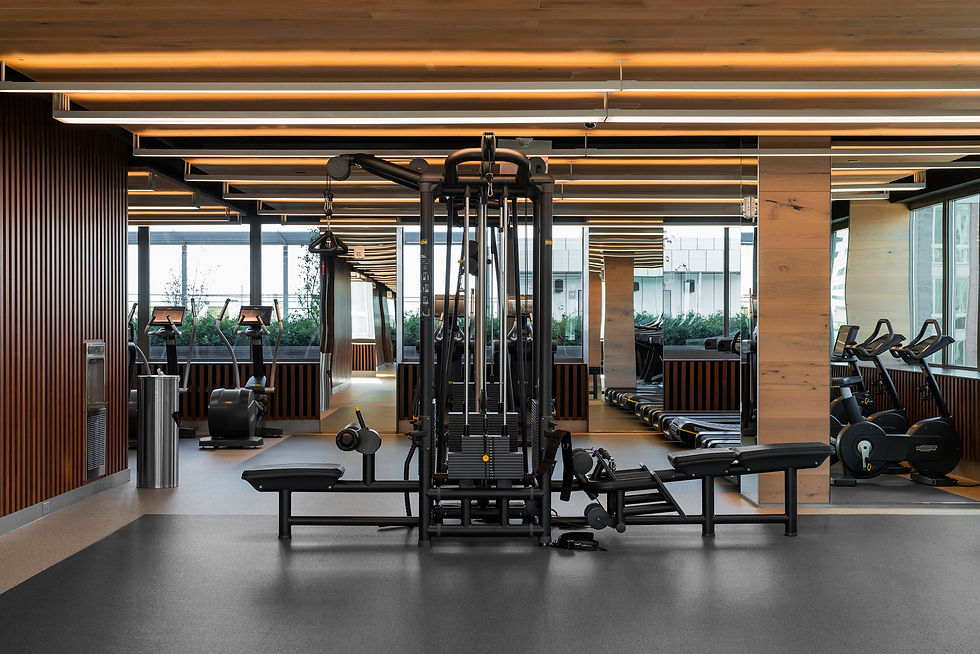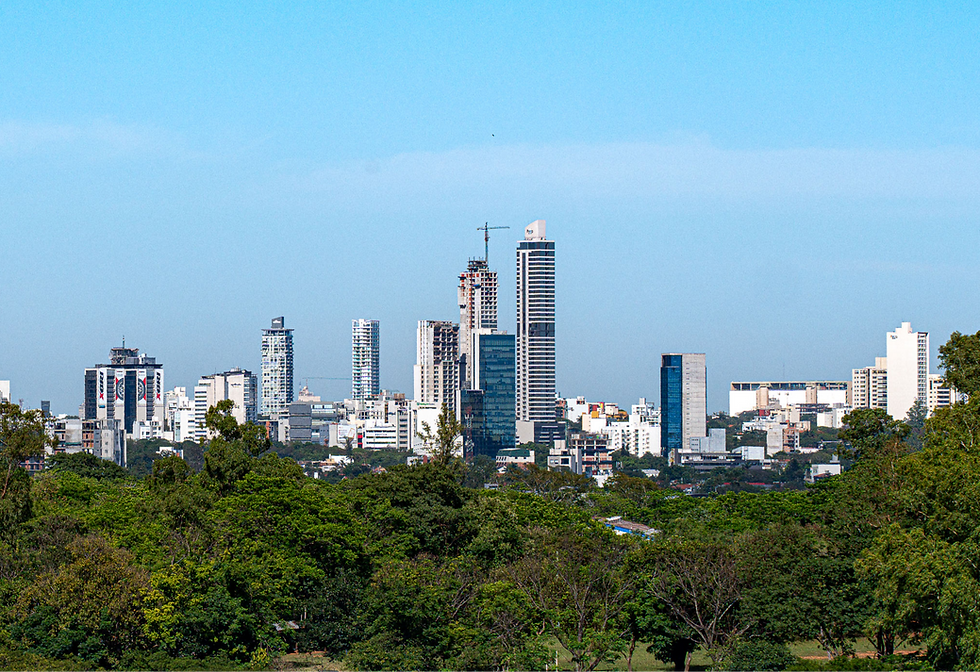The Future of Shopping Centers in Paraguay: Expansion, Urban Integration, and Decentralization
- Carlos E. Gimenez

- May 21
- 3 min read
With more than 900,000 square meters under development and an investment of nearly USD 350 million, Paraguay's shopping center industry is accelerating its transformation into multifunctional urban centers, decentralizing investment and generating new economic opportunities throughout the country.

Yesterday, the Mariscal Convention Center hosted a key event for the country's retail sector: "The Development of the Shopping Center Industry ," organized by the Latin American Chamber of Shopping Centers (CLICC) and the Chamber of Shopping Centers of Paraguay (CCPY). The event brought together developers, operators, strategic partners, and international experts to analyze the present and future of an industry undergoing rapid transformation and growth.
Paraguay is currently experiencing an unprecedented wave of expansion in the sector, with more than 912,000 square meters of construction planned for shopping centers in different regions of the country, of which 150,000 square meters correspond to Gross Leasable Area (GLA). This expansion is accompanied by an estimated investment of nearly USD 350 million, reflecting a dynamism that transcends the capital and reaches cities such as Encarnación, Ciudad del Este, Pedro Juan Caballero, Limpio, San Lorenzo, Itauguá, and Mariano Roque Alonso.

The decentralization of economic growth is one of the most notable features of this new era. Industry is no longer limited to Asunción, but aims to generate new commercial hubs in areas that have historically been marginalized by formal retail development. This trend not only drives private investment but also demands improved urban infrastructure from the public sector.
During the meeting, the CCPY presented an ambitious overview of the sector, highlighting that this industry plays a key role as a driver of urban transformation, job creation, and economic formalization. It is estimated that, during the execution of the projects, between 7,500 direct and indirect jobs will be created, and once operational, each shopping center will be able to support between 300 and 800 formal jobs, not including the ecosystem of complementary suppliers and services.

Among the flagship projects presented are the expansion of del Sol Shopping (with a total area of 99,720 m² and 35,620 m² of commercial space), the Central Mariscal in Asunción, which will adopt a mixed-use model integrating residences, offices, and restaurants, and the Perseverancia District, which with 245,900 m² is positioned as the largest development underway in the country, combining commerce, green spaces, and urban design.
Other developments such as Shopping Mariano, Paseo Guaraní, Shopping Costanera, and Dubai by Pedro Juan Caballero reflect the growing regional diversification of the industry and its ability to adapt to different territorial and demographic dynamics.
One of the most discussed areas was the transformation of the traditional shopping center concept toward more comprehensive models. New developments are no longer conceived exclusively as shopping centers, but as multifunctional urban centers where commerce, medical services, education, sports, entertainment, housing, and gastronomy converge. This evolution responds both to changes in consumer habits and to the country's urbanization process.
In this context, it was emphasized that the growth of formal retail not only expands the commercial offering but also raises the standards of consumer experience and strengthens the sector's competitiveness in the face of new challenges. Furthermore, the interest in mixed formats and the arrival of new international brands open a window of opportunity to deepen the penetration of formal retail in Paraguay, especially in areas where it is still low.

However, the sector faces significant structural challenges. These include excessive bureaucracy, long project approval times, a lack of regulatory clarity, and insufficient road infrastructure, particularly in emerging areas. For industry leaders, these weaknesses do not represent a definitive obstacle, but rather an opportunity for the public and private sectors to work together to close historical gaps.
Finally, it was emphasized that the sector's projected growth is supported by a dual phenomenon: on the one hand, changing consumer habits, with a growing preference for safe and well-designed spaces; and on the other, urban migration, which is driving demand for comprehensive commercial spaces in areas previously considered peripheral.
The event not only consolidated the role of the CCPY and CLICC as strategic articulators, but also made it clear that the shopping center industry in Paraguay is preparing to take on an even more prominent role in the country's urban and economic development. The future of national retail is no longer measured solely in square meters, but rather in its ability to build community, revitalize cities, and generate sustained economic and social value.


